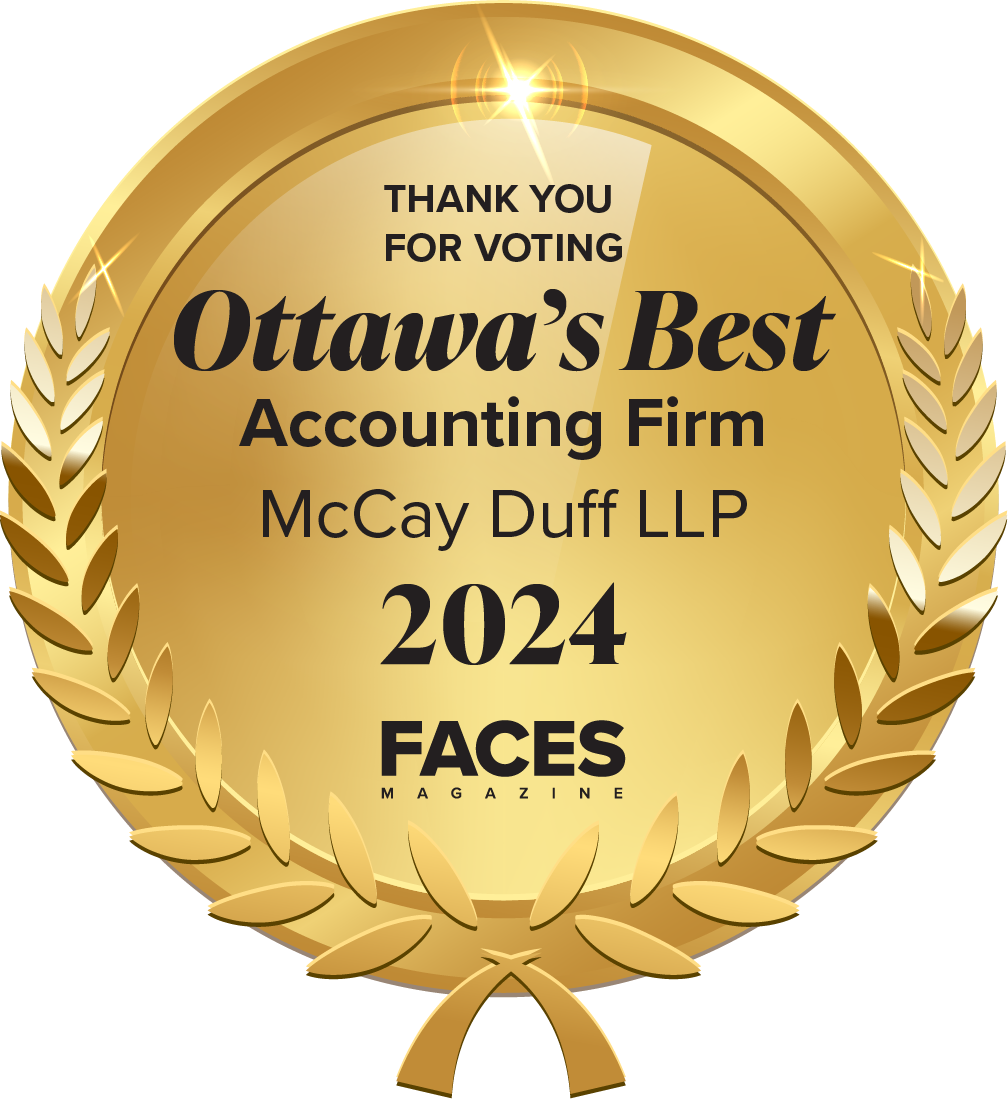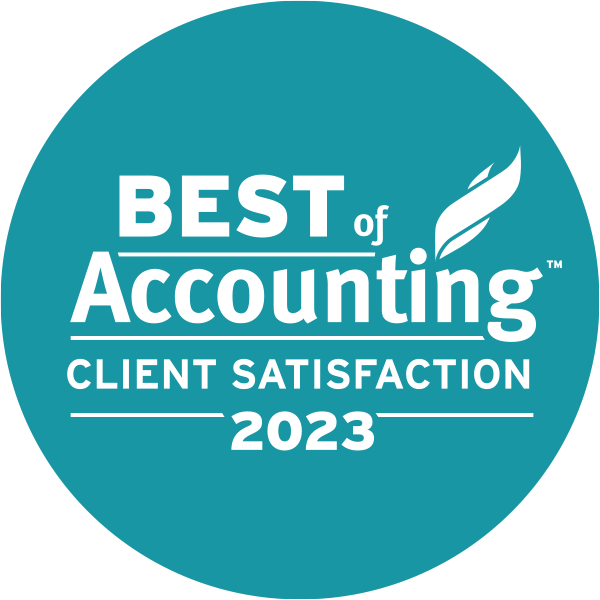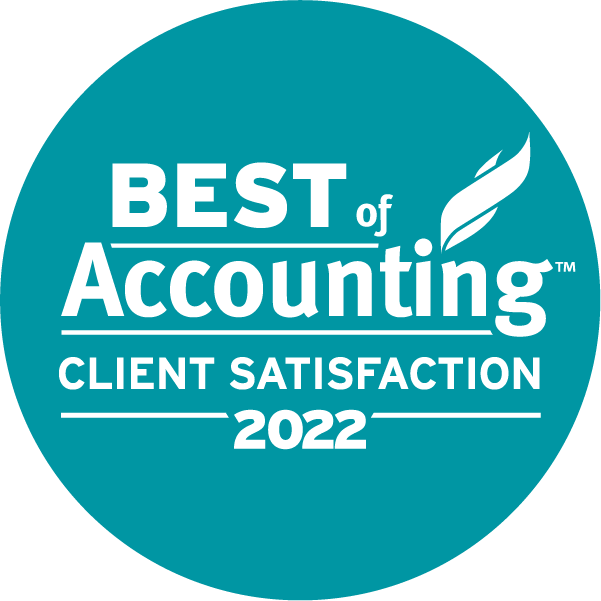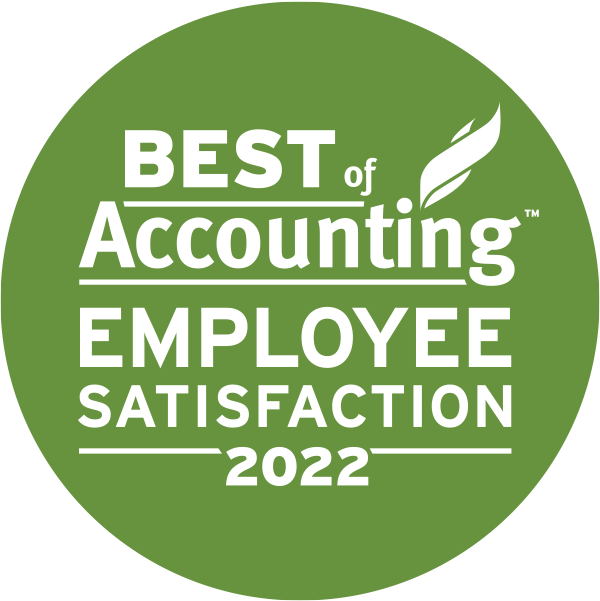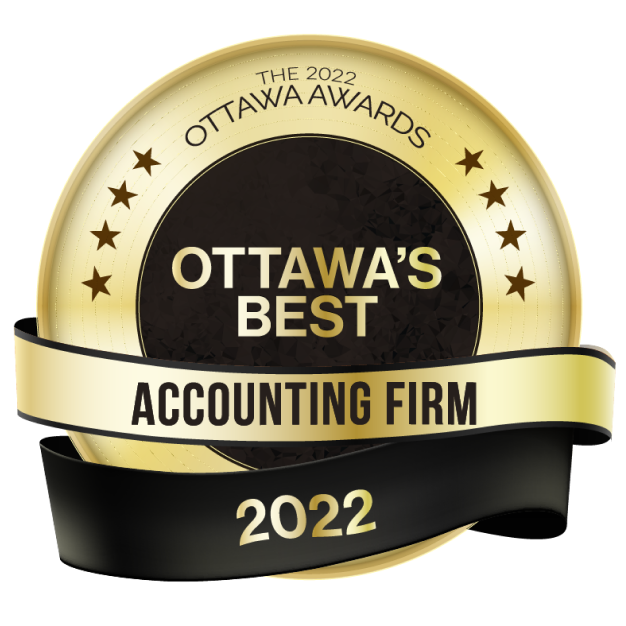Pricing is something that keeps small business owners up at night. Set it too low, and you’re working yourself into the ground for peanuts. Set it too high, customers will go elsewhere. Sound familiar? You’re not alone if you’ve second-guessed your prices or worried about whether you’re charging enough to stay profitable. Estimating prices isn’t just about covering costs. It’s about making sure your business actually makes money. If you don’t get it right, you’ll work twice as hard for half the reward. Let’s break down exactly how to price your goods and services the smart way.
Know Your Costs Or Risk Running a Charity
One of the mistakes that small business owners’ make is setting prices without understanding the costs. Businesses pull prices out of thin air or base them on “what feels right.” That’s a fast track to failure. If you don’t know what it costs to produce your product or deliver your service, you may sell at a loss without even realizing it.
Before you do anything, break down your costs into two categories:
Direct Costs: Raw materials, freight/delivery, labour, packaging, and anything directly tied to creating your product or service.
Indirect Costs: Rent, marketing, utilities, software, everything it takes to keep your business running.
For example, let’s say you own a bakery. If each cupcake costs $1.50 to make (ingredients + labour) and you sell it for $2.50, you might think you’re making a $1 profit per cupcake. But you could be losing money if you’re not factoring in rent, electricity, and equipment maintenance.
Putting a price on a service or a product isn’t about guessing; it’s math. And if you’re not covering all your costs, you’re working for free.
Research the Market Because Pricing in a Vacuum is a Disaster
Once you know your costs, you need to figure out where you fit in the market. Too often, businesses either underprice because they’re scared to charge more or overprice without offering enough value. Neither of them works.
Here’s what you need to consider:
- What are your competitors charging?
If similar businesses are charging $50 for a service and you’re charging $20, people might assume your quality is lower even if it’s not.
- What are your customers willing to pay?
Just because something costs you $10 to make doesn’t mean you can’t charge $40 if your service or product has enough value that customers are willing to pay that price.
- Where do you want to position yourself?
If you’re aiming for a premium rate, you’d better ensure branding and service match. Take a local landscaping business as an example. The industry rate is $60 per lawn cut, but if a company charges $40 to “attract more customers,” they might end up overworked and underpaid. On the flip side, customers may walk away if it charges $80 but doesn’t offer anything extra—no premium service, no eco-friendly option, no faster turnaround.
Price with intention, not fear.
Pick a Pricing Strategy That Actually Works
Not all pricing methods are created equal. The right approach depends on your industry, customers, and long-term business goals.
Here are three common strategies:
- Cost-Plus Pricing: The Simple but Limited Approach
The easiest way to price is to add a markup to your costs.
Example: If a product costs you $10 to make and you want a 50% markup, you price it at $15.
Pros: Simple, guarantees a gross profit on each sale
Cons: Ignores what customers are willing to pay
This method works when your product or service is commoditized, like bottled water.
- Value-Based Pricing: Charge for the Outcome, Not Just the Work
Instead of setting your price based on what it costs you, set it based on what it’s worth to the customer.
Example: A consultant who helps businesses save $50,000 a year in taxes doesn’t charge based on hourly rates. They charge based on the value they bring.
Pros: Maximizes profit potential
Cons: Requires strong branding and customer trust
This method works when you offer differentiated products and services.
- Competitive Pricing: The Market-Driven Approach
Setting your prices based on what competitors charge.
Example: A cleaning service checks local competitors and sees they charge $100 per session. They decide to charge $110 but offer eco-friendly products to justify the higher price.
Pros: Keeps you aligned with industry standards
Cons: Can lead to a price war if you’re trying to undercut competitors
Which one works best? It depends on your business. But picking the wrong strategy could mean leaving money on the table.
Adjust Your Rate When Necessary (Because Stagnant Pricing Kills Profits)
Setting the right price isn’t a one-and-done task. It requires constant evaluation and adjustment. You’re probably undercharging if you haven’t adjusted your prices in a while.
When should you raise prices?
- When your costs go up: Your suppliers aren’t keeping prices the same for you.
- When demand is strong: If customers are happy to pay more, why wouldn’t you charge more?
- When you’ve improved your product or service: If your quality is better, your price should reflect that.
For example, a personal trainer initially charges $50 per session. He gains certifications, invests in better equipment, and develops a reputation. At this point, sticking to $50 is a mistake. A higher value justifies higher prices.
The key is to communicate the value. Customers won’t mind paying more if they understand why it’s worth it.
Test and Refine Your Pricing (Because Even the Best Guess is Still a Guess)
Even with careful planning, setting the right price is never an exact science. You need to test and refine constantly.
Here are some strategies:
- A/B Test Different Prices: Try adjusting your rates for different groups and observe how they react.
- Introduce Premium Options: If customers consistently choose the higher-priced version of your product, you know they value it.
- Listen to Customer Feedback: If everyone says, “Wow, this is a steal,” that’s a red flag that you might be undercharging.
For example, a hair salon introduced a VIP membership where customers paid $50/month for exclusive discounts and priority booking. Within six months, enough members signed up to generate an additional $15,000 in annual revenue. They didn’t need more customers; they just needed a smarter revenue model.
Goods and Services: The Takeaway?
Success isn’t about charging less to attract buyers. It’s about setting rates that reflect your value and ensuring customers see the value of your offer. At the end of the day, what you charge sets the tone for your business’s financial health. Get it wrong, you will either lose money or drive customers away. Get it right, and you’re maximizing profit without extra effort.
Contact McCay Duff LLP in Ottawa to Help You Set Profitable Prices for Your Goods and Services
Your pricing strategy can make or break your business. A business advisor can help you develop a pricing model that maximizes revenue, maintains competitiveness, and ensures long-term profitability. At McCay Duff LLP, our trained business advisors offer expert services, including price analysis, profit margin analysis, cost management, and cash flow optimization.
To learn more about how McCay Duff LLP can provide you with the best business advisory expertise to start improving your business profit, contact us online or by telephone at 613-236-2367 or toll-free at 1-800-267-6551.

